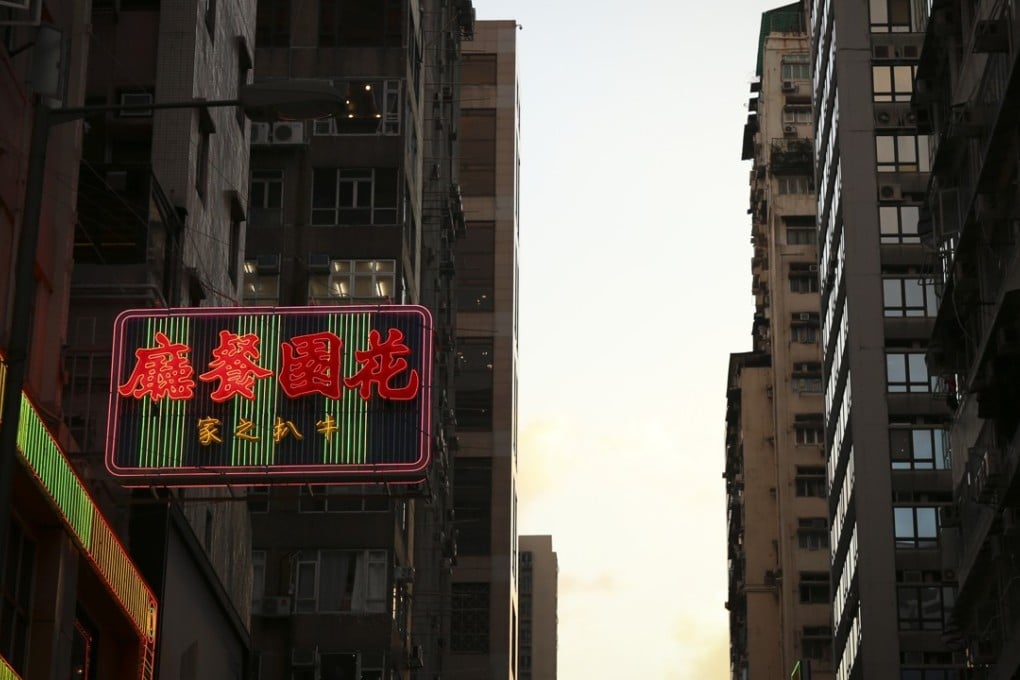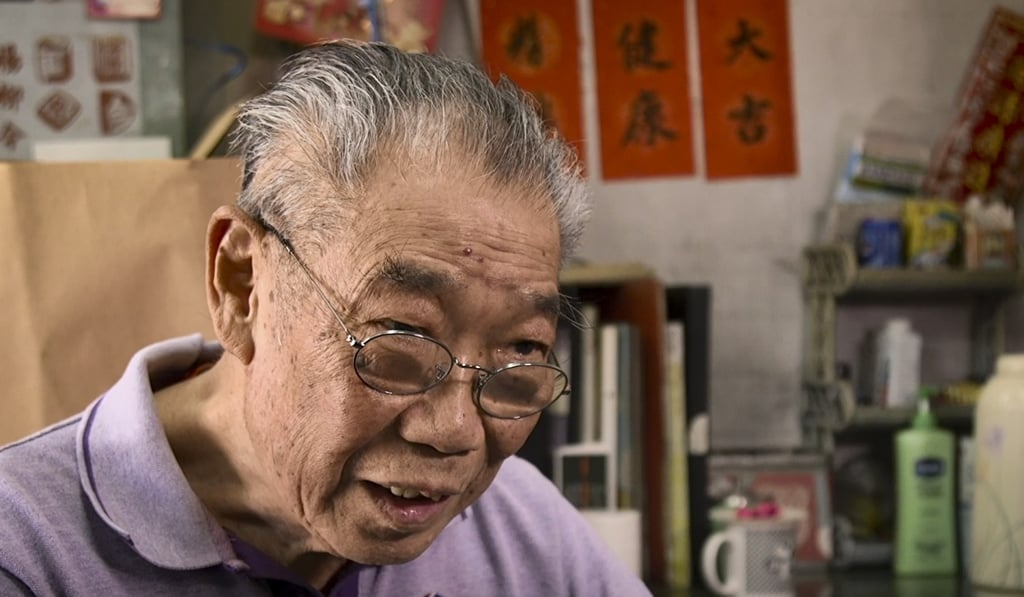Lights go out on art of Hong Kong signwriting, but old calligraphy master and younger enthusiasts fight to preserve it
Yeung Kai, 82, has devoted his life to the unique, expressive calligraphy style used on Hong Kong neon lights and shop signs, a trade that is now dying. A graphic designer is digitising the characters for a typeface to give it new life

Wielding huge writing brushes, and scattering sawdust on billboards to make the ink dry faster – Chinese calligrapher Yeung Kai still remembers what it was like making shop signs in the old days.
“The whole procedure used to be so complicated,” says the 82-year-old, sitting in his humble studio in Hong Kong, rolls of calligraphy paper stacked up around him and lucky red banners hung on the wall.
Yeung is one of the few calligraphers who still make a living from the Beiwei Kaishu style of calligraphy. This unique, expressive style shaped the city’s visual culture for decades, thanks to its widespread use in neon lights and signboards, but it is now rapidly disappearing from view.
Beiwei became the favoured calligraphy style among business owners in the 1950s and ’60s, as they sought a robust and dynamic style of Chinese character writing that would express confidence, according to Adonian Chan, a graphic designer who recently co-authored a book, A Study of Hong Kong Beiwei Calligraphy and Type Design .
“[Beiwei calligraphy] really conveyed the message: ‘we are powerful and stable,’” Chan says.
“It is really a unique form of cultural heritage in Hong Kong. When you think of Hong Kong, you picture a street with shops and neon signs floating in the air, a really powerful impression.”
